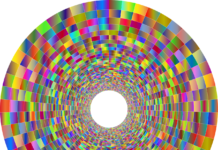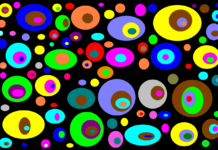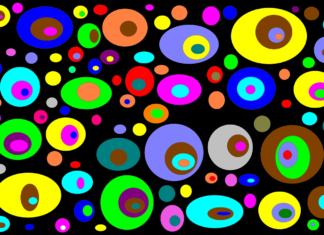Personalized ad stitching is the process of inserting personalized ads into an existing, otherwise unaltered stream of video advertising content. Personalized ad stitching differs from interactive TV advertisements because it does not require viewers to engage with the ad. Instead, personalization happens behind the scenes by matching advertisements to demographic information that each viewer has previously provided.Â
This article provides an overview of personalized ad stitching for advertisers and viewers.
1. How Personalized Ad Stitching Works
Personalized ad stitching inserts personalized ads into a stream of video advertisements that have already been scheduled for broadcast on a television channel or streaming service. The process starts by determining the demographic details about the viewer. Demographics include gender, age, income level, and marital status. This information may be collected through audience measurement surveys or stored in an existing audience profile.Â
Next, the system searches for advertisements appropriate to the viewer’s demographic details. The personalized ads chosen are typically based on matching information stored in an advertiser’s database.Â
Other criteria, such as relevancy, may also select the ads to broadcast advertised content.
Once the matching ads have been chosen, they are stitched together with the rest of a scheduled TV show or streaming content. Viewers watch a seamless stream of video advertising, which is personalized to their demographic profile.
2. The Ad Insertion Methods Vary for Personalized Ad Stitching
There are two ways personalized ads can be inserted into a scheduled show or program: server-side ad insertion (SSAI) and dynamic ad insertion (DAI). Although both SSAI and DAI are used for personalized ad stitching, they are different in crucial ways. Server-side ad insertion is a process by which ads are inserted and encoded before they reach their destination (i.e., the viewer’s screen). This method does not require communication between the server and client device or any interaction from the user. As a result, SSAI is not dependent on the device used to access the content.
On the other hand, dynamic ad insertion is when ads are inserted and encoded after they reach their destination (i.e., the viewer’s screen). This method requires communication between the server and client device or any interaction from the user. As a result, DAI is dependent on the device used to access the content.
3. Why Personalized Ad Stitching is Beneficial for Viewers and Advertisers
Personalized ad stitching is beneficial for viewers and advertisers alike. Viewers may not actively choose to interact with traditional video advertisements. Still, customized ads can be inserted into an otherwise unaltered stream of content so that they are seen as a natural component of the overall show or streaming program. Personalized ads allow brands to reach targeted audiences more effectively than traditional TV ad campaigns because the ads are shown to a targeted group of individuals.Â
In addition, you can dynamically insert personalized ads into a TV show or streaming program. At the same time, it is being aired, so the brand only pays the ad stitching fee when their ad is displayed appropriately. It makes personalized ad stitching cost-effective for advertisers.
4. The Personalized Ad Stitching Process
As mentioned above, personalized ad stitching is the process by which ads are stitched into a stream of video advertising that has already been scheduled for broadcast. The following steps outline the personalized ad stitching process:
* First, demographic information about each viewer is collected or stored. You may do this via an audience measurement survey or by accessing an existing audience profile.
* Next, the system searches for targeted advertisements appropriate to each viewer’s demographic details (e.g., gender, age, income level). You may find the matching ads by searching an advertiser’s database or using other criteria such as relevance to the broadcast content.
* Once an ad is chosen for a particular viewer, it is stitched together with the rest of a scheduled show or program.
* Finally, viewers watch a seamless stream of video advertising personalized to their demographic profile.
5. Ad Insertion Challenges
Ad insertion appears straightforward, but you must address several challenges to pull it off successfully:
* The system must ensure that it shows contextual ads appropriately.
* The ad stitching process can result in differences in quality across different markets or even within a single market if the advertising broadcast is on various channels.
* User-generated content (UGE) can cause insertion challenges by obscuring the targeted ads.
* Ad stitching systems must handle large numbers of viewers and process requests in real-time.
6. The Future of Personalized Ad Stitching
Personalized ad stitching is likely to become more complex as it becomes more widespread, especially with more popular streaming media services. As this happens, quality assurance will be increasingly important. To meet this challenge, ad stitching system providers invest in new technologies like artificial intelligence (AI) and machine learning to provide more accurate and personalized advertising.
Personalized ad stitching is a relatively new advertising technique that allows advertisers to recognize the value of targeted ads. The process uses personal demographic information about viewers, which you can collect from audience measurement surveys or geographic location services. A system stitches together a stream of personalized advertisements with a scheduled show or program.
























